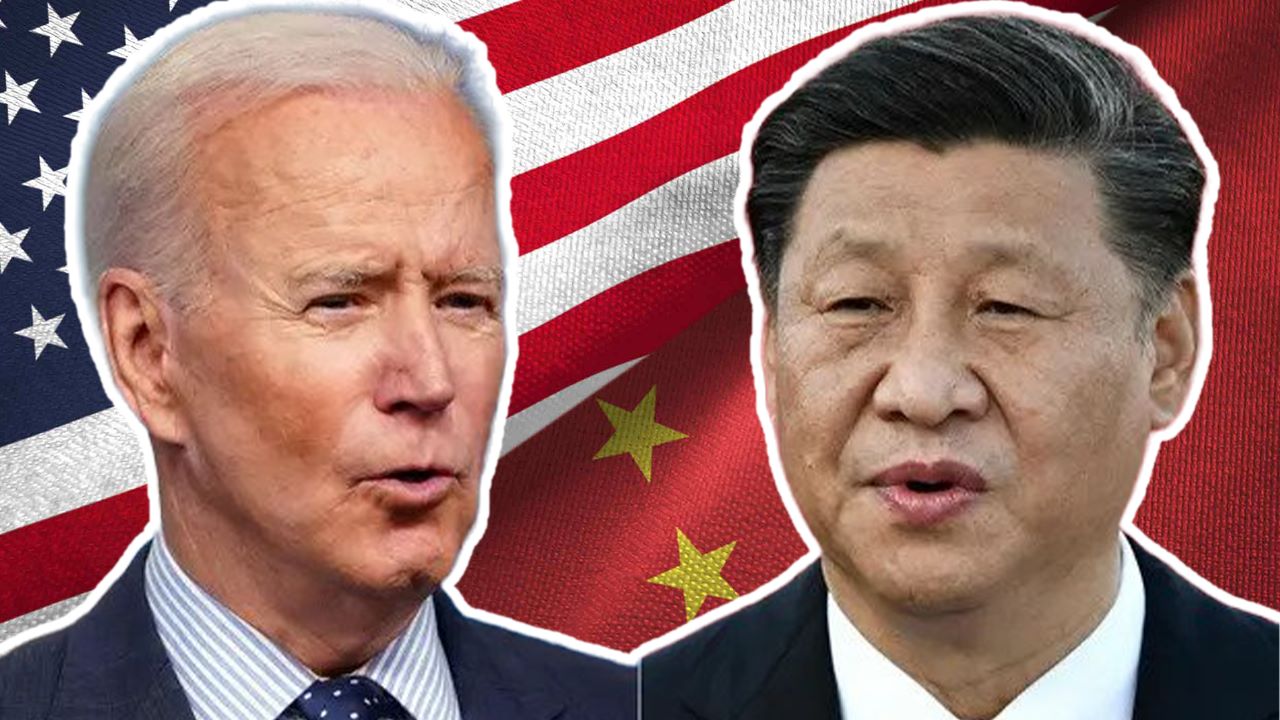With China as a rising global economic and military power with the potential to challenge US supremacy, the Indo-Pacific, including the Indian Ocean Region (IOR), attained extraordinary importance in the US defense chemistry. If all the Western powers led by the US were obliged to confront China at any point in time, the Indo-Pacific region would become the decisive battlefield.
Before the Indo-Pacific initiative was floated, animated debates on its formation, scope, and objectives had taken place at the Pentagon and elsewhere.
One issue that had given rise to some difference of opinion was whether India should be included in the initiative. Those opting for the exclusion of India from the Indo-Pacific frame argued that India was essentially an ally of Russia and had, for long, basked in the warmth of Russian patronage.
However, the real weight of the argument was that China had already opened the front against India by wilfully disturbing peace along the Himalayan border. Finally, when Prime Minister Modi gave his consent for India to join what is now called Quad, it was a shot in the arm for the sponsors of the Indo-Pacific initiative.
Now, India’s immediate defense priority was to fully modernize, upgrade, and streamline the Indian navy so that it could safeguard its shores and ports. The Quad–4 countries also undertook streamlining of their naval establishments.
Squad Emerges
In April 2024, the navies of three countries—Australia, Japan, and the Philippines—with the US in the lead—held maritime exercises in the South China Sea.
The ships of the four countries conducted the naval exercise in a sensitive region with the tacit aim of strengthening their joint abilities. In their joint statement, they emphatically stated that the exercise was meant to strengthen their joint ability and to “uphold the right to freedom of navigation and overflight and respect for maritime rights under international law.”
Between April 22 and May 8, US and Philippine ships, alongside naval troops from France and Australia, conducted a naval exercise called Balikatan 2024. More than 16,000 troops participated in the Balikatan (meaning shoulder to shoulder), which took place outside the Philippines’ territorial waters.
A dispassionate observation is that officially, nowhere do we find any indication that this initiative is designed to contain China in the South China waters. But on the ground, there is sufficient indication that the US means to let its presence be felt along the Chinese maritime border.
A Bizarre Move
In this exercise, one mission was to sink a decommissioned China-made naval vessel, BRP Lake Caliraya of the Philippines, which Col Francel Margareth, the spokesman of the Philippines’ armed forces, called “purely coincidental.”
Whether it was or was not co-incidental is a different issue. But it was the only made-in-China ship that was targeted. Beijing considered it a subtle message.
The four countries’ defense ministers met in Honolulu during the Balikatan exercise. The joint meeting discussed the exercise’s political implications off the coast of China.
Reports suggest that it was at the sidelines of these meetings that the concerned officials began floating the term “Squad,” meant to refer to the four countries taking part in the exercise. There was no official announcement of the name Squad, but evidently, a new block in East Asia was in the making. The new name could be considered a de facto announcement.
Quad To Squad
The Quadrilateral Security Dialogue (Quad-4) was an initiative of four countries, namely Australia, India, Japan, and the US, taken in 2007 during Exercise Malabar in the Philippines Sea.
The Philippines was not a member at that time. Washington’s overbearing attitude towards China did not suit Australian Prime Minister Kevin Rudd’s policy, so Quad–4 could not establish its efficacy. Actually, Rudd was trying to mend fences with China.
In a sense, the Quad-4 remained inactive, if not dormant, for at least one decade from its inception in 2007. In 2017, Quad leaders met in Manila and decided to activate the Quad with a more forthright agenda against China.
The Chinese Road and Belt Initiative was the catalyst for the revival of Quad, and US apprehensions found expression in the phrase “predatory economics,” coined by the then-US Secretary of State Rex Tillerson.

However, by 2017, many changes had taken place in the world and the region. The hawks in Washington began to pressure India to take a proactive stance against China and Russia.
India declined to stop buying discounted oil from Russia. New Delhi was looking at the situation from its standpoint in the forthcoming general elections in the country. Analysts call India’s decision a pragmatic one although India’s oil purchases from Russia have declined now.
India gave more cause for frustration with the revived Quad-4. The media asked Indian External Affairs Minister S Jaishankar if India was considered a member of NATO and what would be her reaction. The minister replied that India does not share NATO’s mentality. This clearly showed that India was reluctant to join a new cold war of sorts against China. India had declined to sign the UN anti-Russia resolution, which NATO resented more than the US.
The cumulative consequences of India’s strict nationalist approach to Quad were that, ultimately, the US sidelined Quad-4 and assembled the Squad with the more pliant government of the Philippines.
In the final analysis, American pressures to force India to adopt a belligerent stance against China will not work because India joined Quad-4 essentially with the objective of boosting trade relations with the Quad countries on the common premise that free movement of ships across the Indian Ocean and South China Sea is guaranteed.
Only time will show what the Squad will or will not achieve in the context of Indo-Pacific security under changed circumstances.
- Prof. KN Pandita (Padma Shri) is the former director of the Center of Central Asian Studies at Kashmir University.
- This article contains the author’s personal views and does not represent EurAsian Times’ policies/views/opinions in any way.
- The author can be reached at knp627 (at) gmail.com





